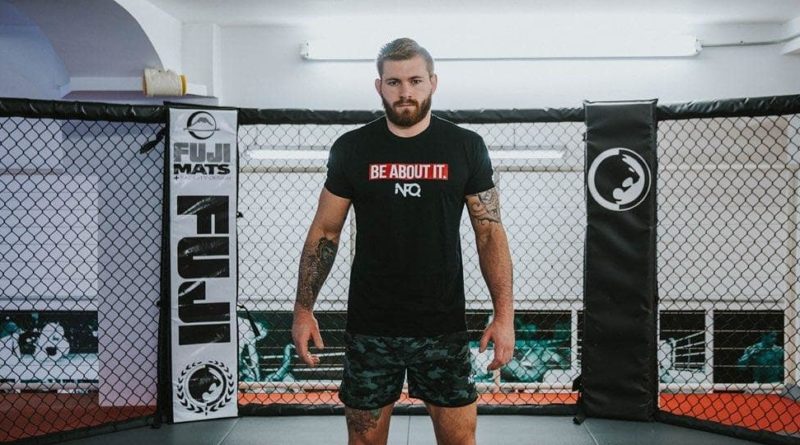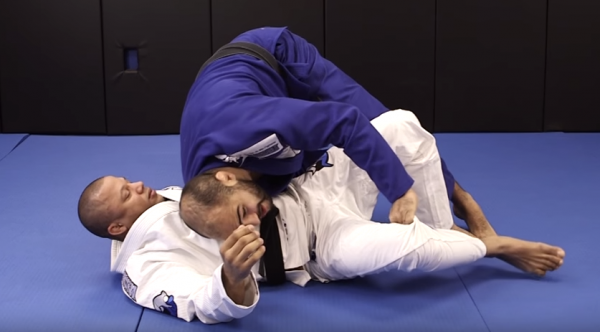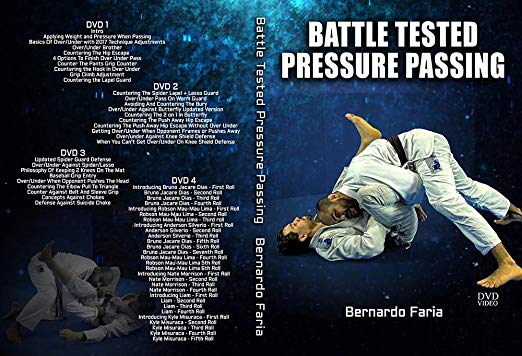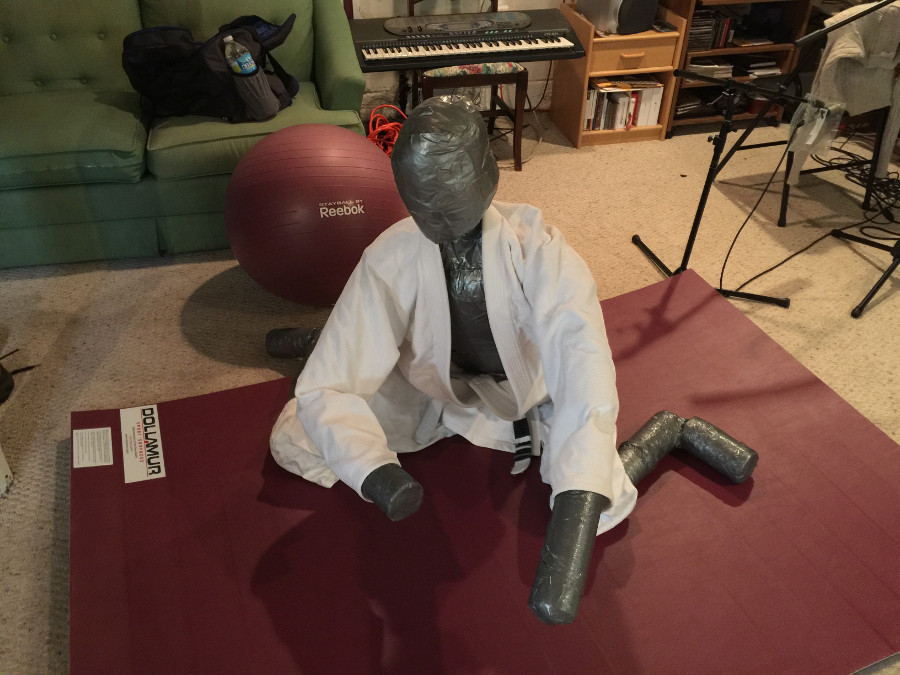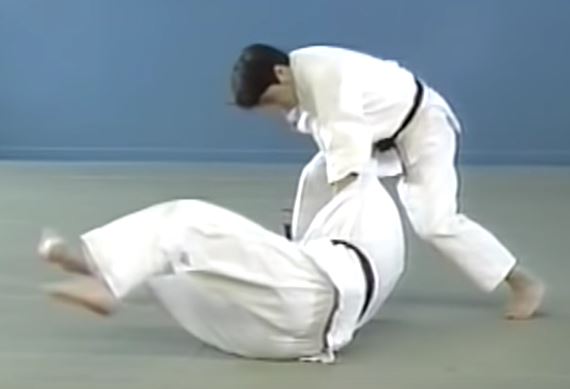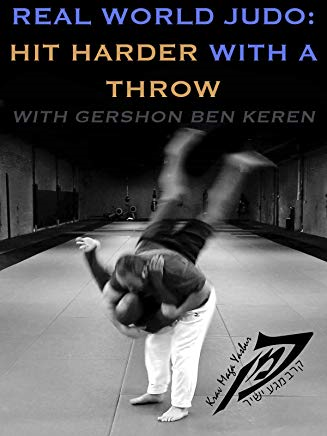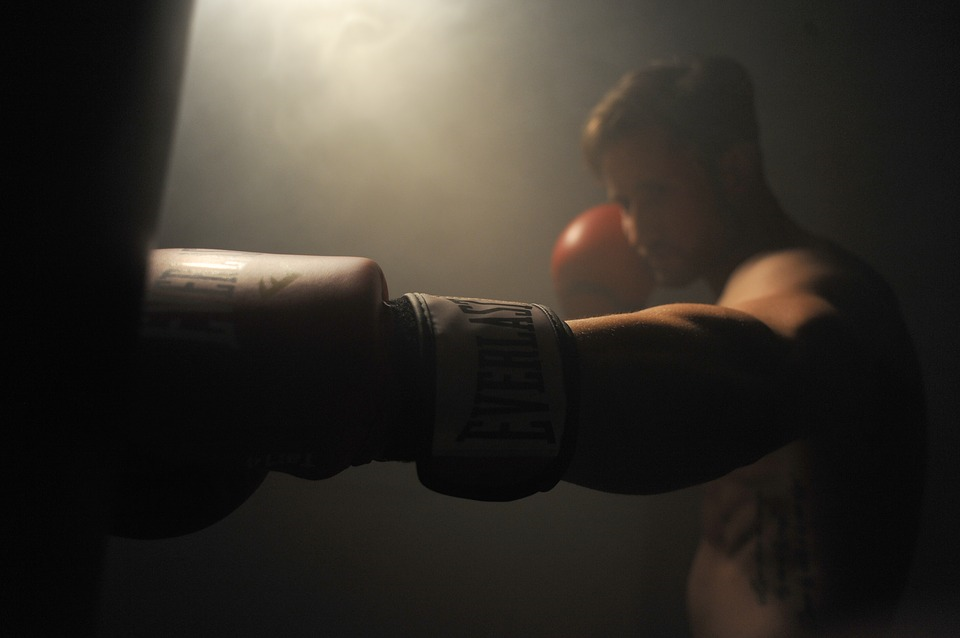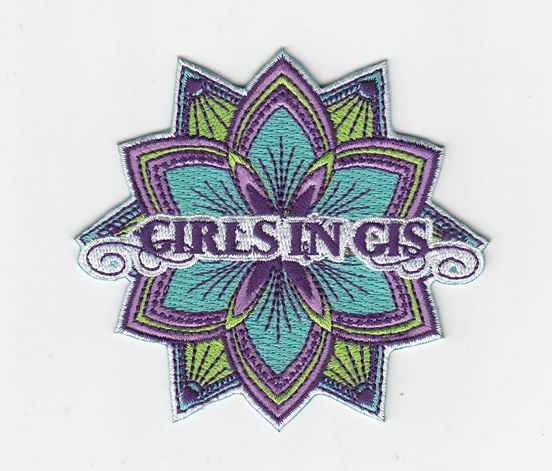“Civilized men are more discourteous than savages because they know they can be impolite without having their skulls split, as a general thing.” – Robert E. Howard
“How much can you know about yourself if you’ve never been in a fight?” – Tyler Durden, Fight Club
Most of us will never be put in a situation to have to defend ourselves in our adult life. Fights are typically relegated to the school yard, or the college bar, but at a certain point life changes and the appeal of throwing fists in polite society loses it’s luster.
Still, this doesn’t relieve us of the responsibility of knowing how to defend ourselves, our loved ones, and those who can’t defend themselves. The chances of needing to get into a physical altercation are generally pretty slim, but it’s better to be a “warrior in a garden than a gardener in a war”.
Learning how to fight is a great way to boost confidence. Knowing you can throw a punch, and take a punch if necessary, can take the anxiety out of any adversarial exchange. There’s evidence that people who know how to fight tend to avoid confrontation just on the basis that they know they don’t need to prove themselves.
There’s also evidence that the more confidence you exude, the less likely you are to be a target of violent crime. Most criminals commit crimes of opportunity. They want the most return on their efforts with the least amount of resistance and risk . How you carry yourself could very well make the difference when a criminal is looking for their next mark.
With the plethora of fighting styles available to learn, which ones should you choose to dive into? There are traditional martial arts such as Karate and Kung Fu, grappling styles, striking styles, and subdivisions in each.
Here are the four fighting styles I think are the most important and effective. Each of these fighting styles has proven themselves to be invaluable in mixed martial arts events. Their effectiveness has been battle tested by their practitioners through countless hours of sparring and refinement.
Continue reading “4 Fighting Styles Every Fighter Should Know”

